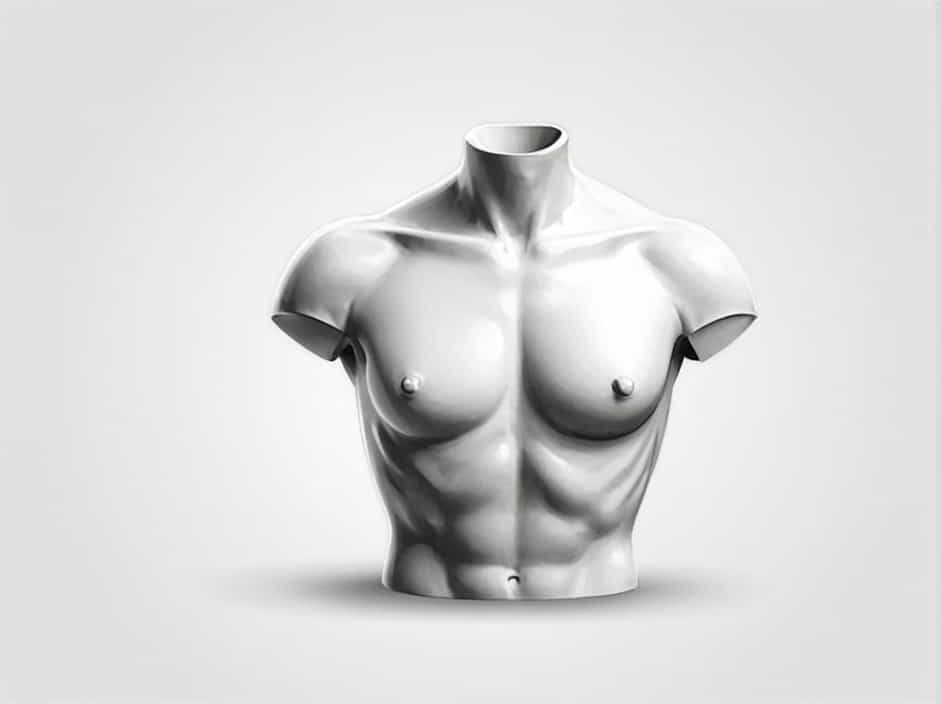The scapula, commonly known as the shoulder blade, is a flat, triangular bone located on the upper back. It plays a crucial role in shoulder movement, stability, and strength. The scapula connects the humerus (upper arm bone) and clavicle (collarbone), forming an essential part of the shoulder joint.
Understanding the scapula’s structure, functions, and common issues can help improve posture, prevent injuries, and enhance overall upper body mobility. This topic explores everything you need to know about the shoulder blades, including their anatomy, function, and ways to keep them healthy.
Anatomy of the Scapula (Shoulder Blade)
1. Location and Structure
The scapula is located on the upper back, one on each side of the spine. It has a triangular shape and serves as the anchor point for many muscles that control arm and shoulder movements.
The scapula has three main borders:
- Superior border – The top edge of the scapula.
- Medial border – The inner edge, closest to the spine.
- Lateral border – The outer edge, near the armpit.
2. Key Parts of the Scapula
The scapula consists of several important features that contribute to its function:
- Spine of the scapula – A bony ridge that runs across the back of the scapula and provides attachment for muscles.
- Acromion process – A bony extension that connects with the clavicle to form the acromioclavicular (AC) joint.
- Coracoid process – A small hook-like structure that serves as an attachment point for ligaments and muscles.
- Glenoid cavity – A shallow socket where the head of the humerus fits, forming the shoulder joint.
Functions of the Scapula
1. Shoulder Mobility and Stability
The scapula acts as a foundation for arm movement. It allows the shoulder joint to move in multiple directions, including:
- Lifting (elevation) and lowering (depression) the shoulders
- Moving the shoulder blades together (retraction) and apart (protraction)
- Rotating the arm in different directions
2. Muscle Attachment and Support
The scapula is connected to 17 different muscles, including:
- Trapezius – Helps lift and rotate the scapula.
- Deltoid – Assists in arm movement.
- Rhomboids – Pull the scapula toward the spine.
- Rotator cuff muscles – Stabilize the shoulder joint.
These muscles work together to ensure smooth and efficient shoulder movements.
3. Protection of Vital Structures
The scapula protects important blood vessels and nerves that run through the shoulder and upper back. It also shields the lungs and ribcage from injury.
Common Scapula-Related Problems
1. Shoulder Blade Pain
Pain in the scapula can result from:
- Poor posture (hunching over or slouching)
- Muscle strain from repetitive movements
- Injuries such as fractures or dislocations
- Nerve compression causing tingling or numbness
2. Scapular Dyskinesis (Abnormal Movement)
Scapular dyskinesis occurs when the shoulder blade moves incorrectly, leading to pain and weakness. It is often caused by:
- Muscle imbalances
- Overuse injuries (common in athletes)
- Nerve damage affecting scapular control
3. Winged Scapula
A winged scapula is a condition where the shoulder blade sticks out from the back instead of lying flat. This can be caused by:
- Weakness in the serratus anterior muscle
- Nerve injury (long thoracic nerve damage)
- Shoulder instability
This condition can make it difficult to lift the arms and perform overhead movements.
How to Keep Your Scapula Healthy
1. Maintain Good Posture
Proper posture helps prevent strain on the scapula and surrounding muscles. To improve posture:
- Sit with your shoulders back and chest open.
- Avoid hunching over screens or desks.
- Use an ergonomic chair that supports your back.
2. Strengthening Exercises for the Scapula
Regular exercises help keep the shoulder blades strong and stable. Some effective exercises include:
- Scapular Retraction – Squeeze your shoulder blades together and hold for a few seconds.
- Wall Angels – Stand against a wall and move your arms up and down, keeping your back flat.
- Push-Up Plus – Do a regular push-up, but at the top, push your shoulders forward to activate the serratus anterior muscle.
3. Stretching to Improve Flexibility
Stretching helps relieve tension in the scapular region. Useful stretches include:
- Chest Stretch – Open up your chest by extending your arms backward.
- Upper Trapezius Stretch – Tilt your head to the side to stretch the upper shoulder muscles.
- Child’s Pose – A yoga stretch that relaxes the back and shoulders.
4. Avoid Overuse and Injury
If you engage in repetitive shoulder movements, such as lifting or throwing, be mindful of overuse injuries.
- Take breaks between activities.
- Use proper form when lifting weights.
- Warm up and cool down before and after workouts.
5. Seek Medical Attention for Persistent Pain
If you experience chronic scapular pain, weakness, or limited mobility, consult a doctor or physical therapist. They can recommend:
- Physical therapy exercises
- Massage or chiropractic care
- Medical treatment for nerve-related issues
The scapula, or shoulder blade, is a vital bone that supports shoulder movement, muscle attachment, and posture. Keeping it strong and flexible through exercise, proper posture, and injury prevention can improve overall upper body strength and mobility.
By understanding the structure, function, and importance of the scapula, you can take proactive steps to maintain shoulder health and prevent common issues like pain, winged scapula, or movement disorders.
